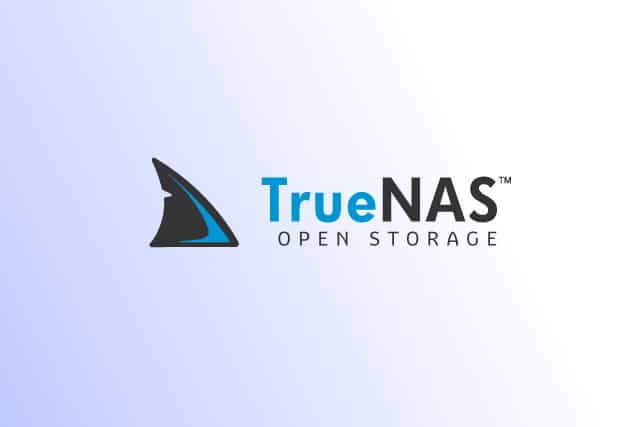
Open source operating systems FreeNAS and TrueNAS are merging
iXsystems has announced that its two open source operating systems for network attached storage are unifying. Moving forward, FreeNAS and TrueNAS will merge into TrueNAS Open Storage.
Despite the unification, there will still be two versions of the operating system available: TrueNAS CORE and TrueNAS Enterprise. Both are billed as enterprise-quality software, but TrueNAS Enterprise requires a license and offers an extended set of features, while TrueNAS CORE is free.

DuckDuckGo protects your online privacy with new open source Tracker Radar service
Google competitor DuckDuckGo is already well-known as a search engine that goes further than others to protect user privacy. Now the company has open sourced Tracker Radar, its data set that details thousands of domains that track you as you use the internet.
DuckDuckGo Tracker Radar is something that the company already uses itself to power the tracker protection in the DuckDuckGo Privacy Browser mobile apps and DuckDuckGo Privacy Essentials desktop browser extensions. Now it is being made publicly available, and developers are invited to contribute to the ever-growing list of trackers to further protect user privacy.

IBM-backed global code challenge focuses on climate change
Now in its third year, the Call for Code Global Challenge encourages and fosters the creation of practical applications built on open source software. The goal is to employ technology in new ways that can make an immediate and lasting humanitarian impact in communities around the world.
For the 2020 challenge IBM is joining forces with key UN agencies and world leaders to help tackle climate change.

Arch-based Manjaro 19.0 'Kyria' Linux distro is here with GNOME, KDE, and Xfce
If you are a Linux user, you are undoubtedly in heaven right now. Recently, there have been updates to some truly excellent distributions, such as MX Linux 19.1, Netrunner 20.01, elementary OS 5.1.2, and OpenMandriva Lx 4.1. While I suppose having to choose from so many distros can be seen as a negative for some, I say it's a damn good problem to have!
Guess what? Things are getting a bit more crowded! Today, one of the most popular Linux distributions gets a new version. Yes, Manjaro Linux 19.0 is finally here! Named "Kyria," it can be had with your choice of three desktop environments -- Xfce 4.14, KDE Plasma 5.17, and GNOME 3.34. While Xfce is highlighted by the developers, the others two DEs are arguably superior.

Debian-based Netrunner 20.01 'Twenty' Linux distribution now available for download
One of my favorite Linux distributions is Netrunner. If you aren't familiar, it is a Debian-based operating system that utilizes the KDE Plasma desktop environment. It is very polished and chock-full of excellent pre-installed applications such as LibreOffice, GIMP, Firefox, and Skype. All of this makes Netrunner a great choice for those switching from Windows, but also, it is a wonderful option for Linux experts too. Seriously, folks, you will be blown away by how exceptional it is -- one of the best.
Today, Netrunner 20.01 becomes available, and it is a very important milestone. You see, not only does it represent 10 years of development, but also, it is the twentieth major version of the operating system. And so, the Debian Buster (stable) 10.3-based distro is being dubbed "Twenty." Netrunner 20.01 is using KDE Plasma 5.14.5 and comes with a very special birthday wallpaper!

OpenShot 2.5 unveils hardware acceleration support, plus more performance improvements
Open-source video editor OpenShot 2.5.0 has been released, dubbed "our largest release yet" by project creator Jonathan Thomas. Headline new features, which should significantly improve the application’s performance when fully implemented, include experimental support for hardware acceleration alongside a major overhaul of the keyframe system.
Future development should also be simpler now all features and support have been aligned across all platforms: Windows, Linux and macOS.
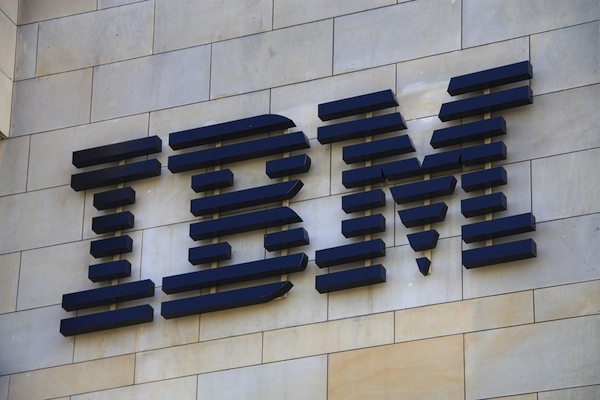
IBM launches new open source tool to label images using AI
Images for use in development projects need to be correctly labeled to be of use. But adding labels is a task that can involve many hours of work by human analysts painstakingly applying manual labels to images, time that could be better spent on other, more creative, tasks.
In order to streamline the labelling process IBM has created a new automated labeling tool for the open source Cloud Annotations project that uses AI to 'auto-label' images and thus speed up the process.

LibreOffice 6.4 offers better performance, improved help and a QR code generator
The Document Foundation has unveiled LibreOffice 6.4 64-bit and LibreOffice 6.4 32-bit, its popular open-source office suite for Windows, Mac and Linux.
LibreOffice 6.4 is a major point release -- the last in the 6.x product line -- and comes with the promise of improved performance along with several new universal features and the usual mix of minor changes and improvements to individual applications within the suite.
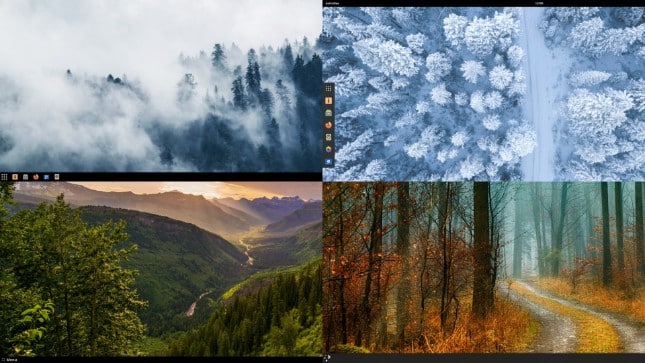
Solus 4.1 Fortitude Linux distro now available for download with Budgie, GNOME, KDE Plasma, and MATE
There are too many Linux distributions these days, but as long as many of them are of high quality, I suppose that isn't such a bad problem to have. Many people in the Linux community know of the common ones, such as Ubuntu, Fedora, Mint, and Manjaro, but there are some lesser-known distros that are actually worth consideration, like Deepin and Solus.
Speaking of the latter, there is a new version of that operating system available for download. While technically just a point release, Solus 4.1 Fortitude is chock full of updates, fixes, and more. You get Linux kernel 5.4.12 and Mesa 19.3.2. The operating sytem comes with many quality apps pre-installed too, such as Firefox 72.0.2, LibreOffice 6.3.4.2, and Thunderbird 68.4.1 -- three essential productivity tools. Once again, there are four desktop environments to choose -- Budgie, GNOME, KDE Plasma, and MATE. All four are great, but Budgie is considered the default for this operating system.
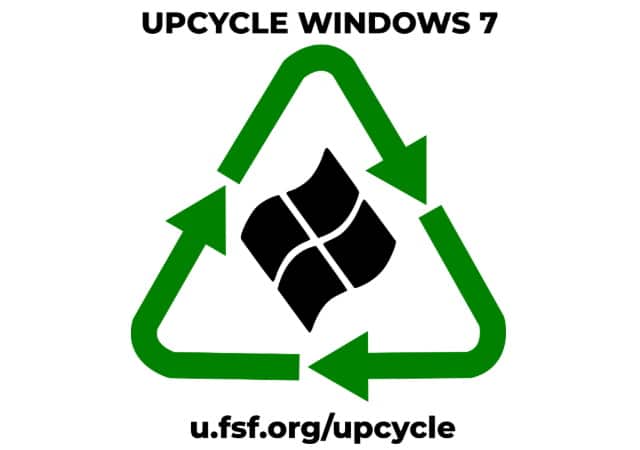
Should Microsoft make Windows 7 open source? The Free Software Foundation thinks so!
Windows 7 is dead to Microsoft -- unless, of course, you're willing to pay. It's now ten days since the operating system reached end of life, but many people, for various reasons, are choosing to stick with it rather than upgrading to Windows 10.
This means missing out on security updates, but the Free Software Foundation (FSF) thinks it has a solution. It suggests that Microsoft 'upcycles' Windows 7 and makes the operating system open source so that the community can "study and improve" it.

SuperTuxKart 1.1 is here -- download the free open source Mario Kart game clone for Linux, Windows, and Mac
There are many excellent open source software projects these days, such as the Linux kernel, GIMP, and LibreOffice to name a few. But what about games? Yes, there are open source games, one of which is SuperTuxKart. If you aren't familiar, STK is essentially an open source Mario Kart game clone. While it is very popular with Linux users, it is also available for Windows and macOS.
Today, SuperTuxKart reaches version 1.1. While it features bug fixes and other improvements, the real star of the update is the addition of a new arena called "Pumpkin Park."

How to install GIMP on Linux Mint 19.3 Tricia
Linux Mint is a great operating system, but with the most recent version (19.3 "Tricia"), there was some shocking news -- GIMP (GNU Image Manipulation Program) was being removed! Crazy, right? I mean, of all of the great software available for Linux, GIMP is one of the best. It is an essential image editing tool that rivals Adobe Photoshop.
So, why did Linux Mint remove it as a pre-installed program? The developers thought the software was too advanced for newer Linux users. While I think that is a bit of nonsense, I can understand why the Mint developers would want to cater to beginners. Thankfully, it is totally easy to install GIMP on a new Linux Mint 19.3 installation.

Linux Mint 19.3 Tricia is here, but GIMP and VLC have been removed!
The Linux Mint developers vowed to release a new version of their operating system before Christmas, and today, they fulfill that promise. Yes, Linux Mint 19.3 Tricia is finally here, a full week before the big Christmas holiday -- a very welcome early gift.
Linux Mint 19.3 Tricia can be had with your choice of three excellent desktop environments -- Cinnamon (4.4), MATE (1.22), and Xfce (4.14). I highly recommend users with modern computers try Cinnamon first -- it is the prettiest of the trio, while the other two DEs are designed for more meager PCs. With that said, even those with high-end machines sometimes opt for Xfce and Mate because they simply prefer them.

The world increasingly relies on open source -- here's how to control its risks
Open source software’s hold on the IT sector has deepened in the last five years. An estimated 96 percent of applications use open source components, and big players like Microsoft, IBM and even the U.S. government now embrace open source projects for their software needs. But while open source has transformed organizations’ ability to use proven and maintained code in the development of new software, it’s not untouchable in terms of security. Using code that’s readable by anyone brings risks -- and issues have occurred in the past.
It’s true that open source makes security efforts more transparent since it’s happening out in the open. If there are flaws in the code, they’re often resolved quickly by committed members of the open source community. Additionally, many open source projects have security scans built into their build processes, so contributions that introduce vulnerabilities directly or through dependencies are few and far between. But leaving the code in the open also allows bad actors to write attacks specific to unpatched vulnerabilities or to unrealized vulnerabilities in libraries that products actively depend on. As a result, teams using open source need to take steps to remain secure.
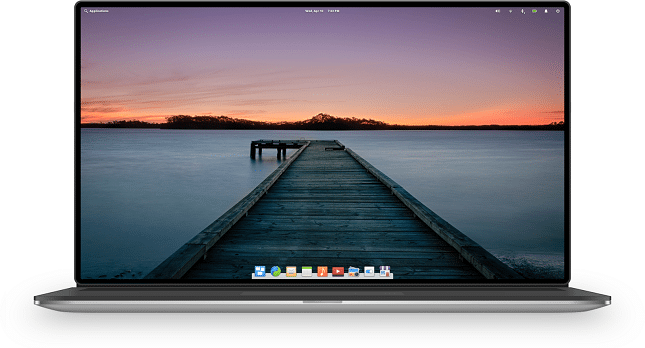
elementary OS 5.1 'Hera' Linux distro is here
elementary OS has long been viewed by many as the future of Linux on the PC thanks to its beautiful desktop environment and overall polished experience. Development of the Ubuntu-based operating system has been frustratingly slow, however. This shouldn't be surprising, really, as the team of developers is rather small, and its resources are likely much less than those of larger distributions such as the IBM-backed Fedora or Canonical's Ubuntu. And that is what makes elementary OS so remarkable -- its developers can make magic on a smaller budget.
Today, the latest version of the operating system is released. Code-named "Hera," elementary OS 5.1 is now available for download. Support for Flatpak is now baked in — this is significant, as the developers explain it is “the first non-deb packaging format we've supported out of the box.” The Linux kernel now sits at a very modern 5.0. One of the most important aspects of elementary OS, the AppCenter, is now an insane 10 times faster than its predecessor. Wow.
